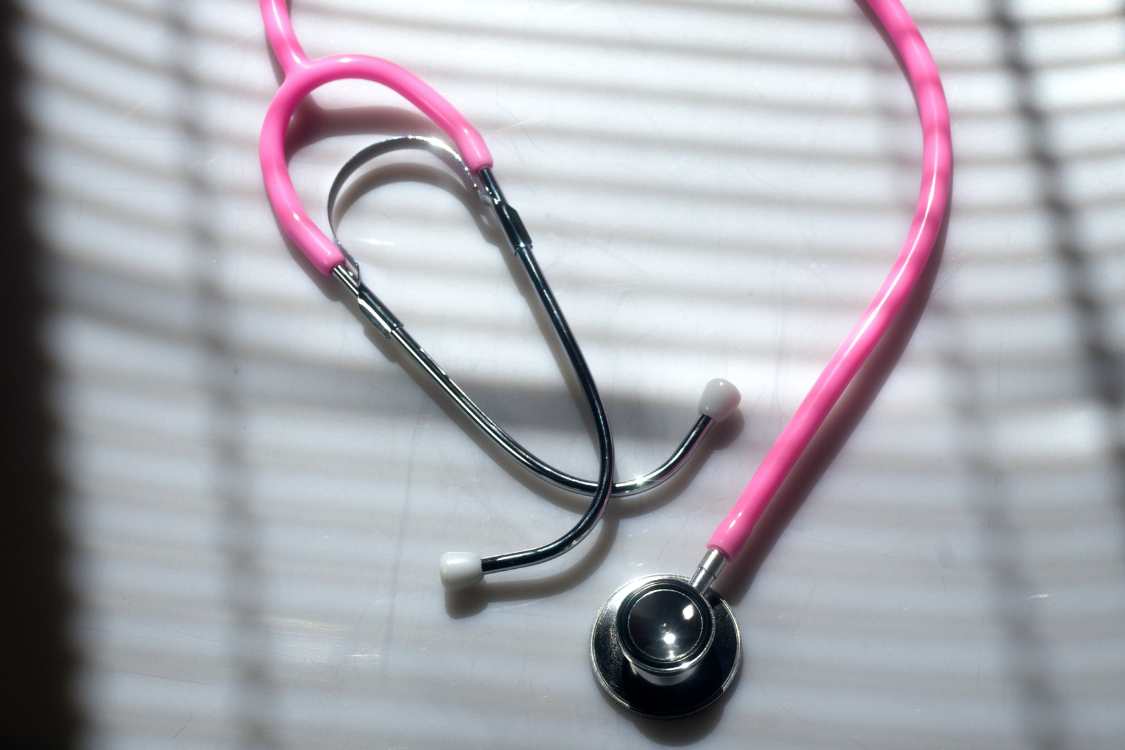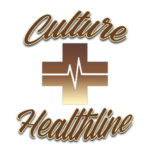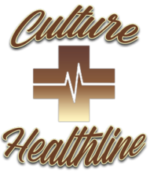
Culture Healthline aims to provide the community with a glossary of essential medical school terms to enhance your understanding of the premed world. Our goal is to simplify these terms to facilitate your application process.
Traditional Student:
- A premedical student who progresses directly to medical school after completing their undergraduate studies.
- They adhere to the conventional timeline, typically completing four years of undergraduate education before matriculating into medical school in the fall following their last college semester.
Primary App:
- The initial application you submit when applying to medical school, typically through AMCAS or AACOMAS.
- Applications are reviewed on a rolling basis, so early submission is recommended.
- This application includes your personal statement, grades/GPA, school choices, MCAT score, and personal information.
- You can submit this application before your MCAT score is available and add the score later, making your application ready for medical schools’ review.
Secondary App:
- The application you complete after submitting your primary application and MCAT score.
- Secondary applications are typically sent by the individual schools you’ve applied to.
- You’ll start receiving these applications about two weeks after submitting your primary application.
- It’s wise to work on your secondary applications promptly to ensure timely submission.
MD:
- Physicians who earned a degree from an allopathic medical school (allopathic degree).
DO:
- Physicians who earned a degree from an osteopathic medical school (osteopathic degree).
- They undergo training similar to MDs but are required to receive additional training in Osteopathic Manipulative Medicine (OMM).
Non-Traditional Student:
- A premedical student who didn’t follow the conventional path to medical school.
- These students may have taken gap years after undergrad or pursued different careers before deciding on a medical career.
Gap Year:
- A break taken between undergraduate studies and medical school, often for various reasons.
- Gap years are not a detriment but can be beneficial, allowing students to improve grades, MCAT scores, or simply rest.
MCAT:
- Medical College Admissions Test
- A standardized test required by most medical schools for matriculation.
- The MCAT consists of four sections: Chem/Phys, CARS, Bio/Biochem, and Psych/Soci.
- This test is of significant importance in your overall application and should be taken seriously.
Early Assurances/Admissions
- Early assurance programs are programs through specific schools that allow you to apply and be accepted into their programs early.
- How early depends on the type of program you are applying to but in some cases, you can get accepted within the first two years of undergrad.
- These programs are similar to pipeline programs which can generally be offered around your third or fourth year of undergrad. They still require you to apply as you normally would and take the MCAT but the requirements may not be as vigorous.
- To learn more about these programs check them out on the specific school’s websites.
Personal Statment
- The personal statement is a short statement that allows you to show the schools that you are applying to who you are and why you decided to pursue medicine.
- This statement can be up to 5,300 characters and is usually included within your application to get into medical school and is just as important as any other part of your application.
Shadowing
- Shadowing is following a healthcare professional such as a physician around for a couple of hours or a full day to see what that profession is like.
- They can be in person or virtual.
Matriculant
- A matriculant is a person who is accepted into medical school and will matriculate or go to that school the following academic year.
M1,M2,M3,M4
- These different sayings are shorthand for first through fourth-year medical students
Residency/ Resident
- Residency is the required training that you receive after you have gone through the initial four years of medical school.
- While in residency you are a resident and during this time you are learning about the specific specialty that you have matched into after your fourth year.
- During this time you are considered a doctor because you have your M.D. or D.O. but you have to learn the foundational knowledge needed to become an independent practicing physician.
AAMC
- Association of American Medical Colleges. This is an association where you will learn everything you need to know about applying to medical school, residency, and fellowship.
AMCAS
- American Medical College Application Service. This is the application portal that you use to apply to allopathic (M.D.) medical schools
AACOM
- American Association of Colleges of Osteopathic Medicine. This is an association similar to AAMC where you will learn everything you need to know about applying to medical school, residency, and fellowship.
- This is different from AAMC because it pertains to osteopathic medicine (D.O.)
AACOMAS
- American Association of Colleges of Osteopathic Medicine Application Service. This is the application portal that you use to apply to osteopathic (D.O.) medical schools.
Shortcode doesn't exist

